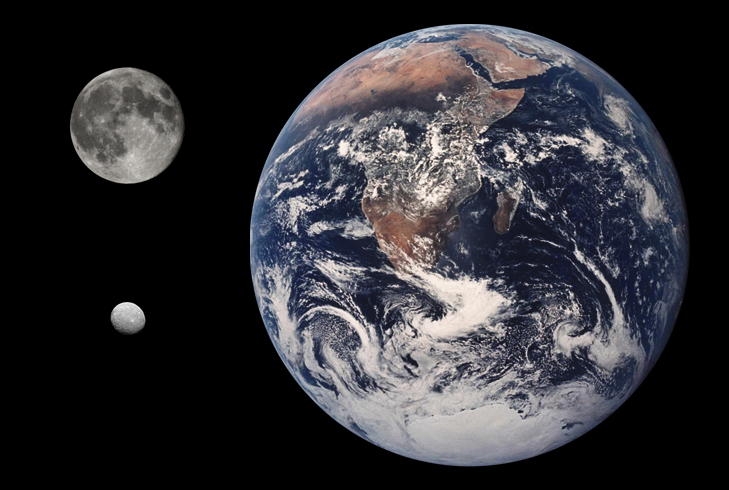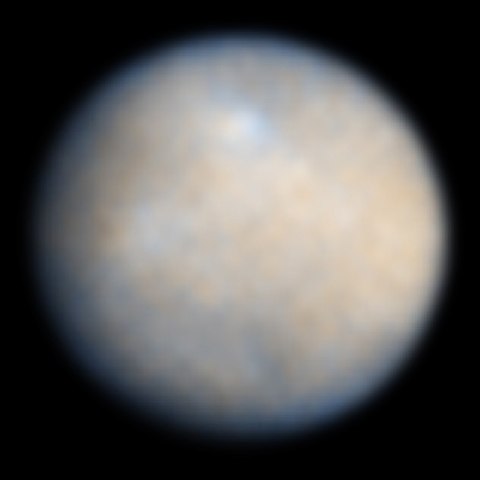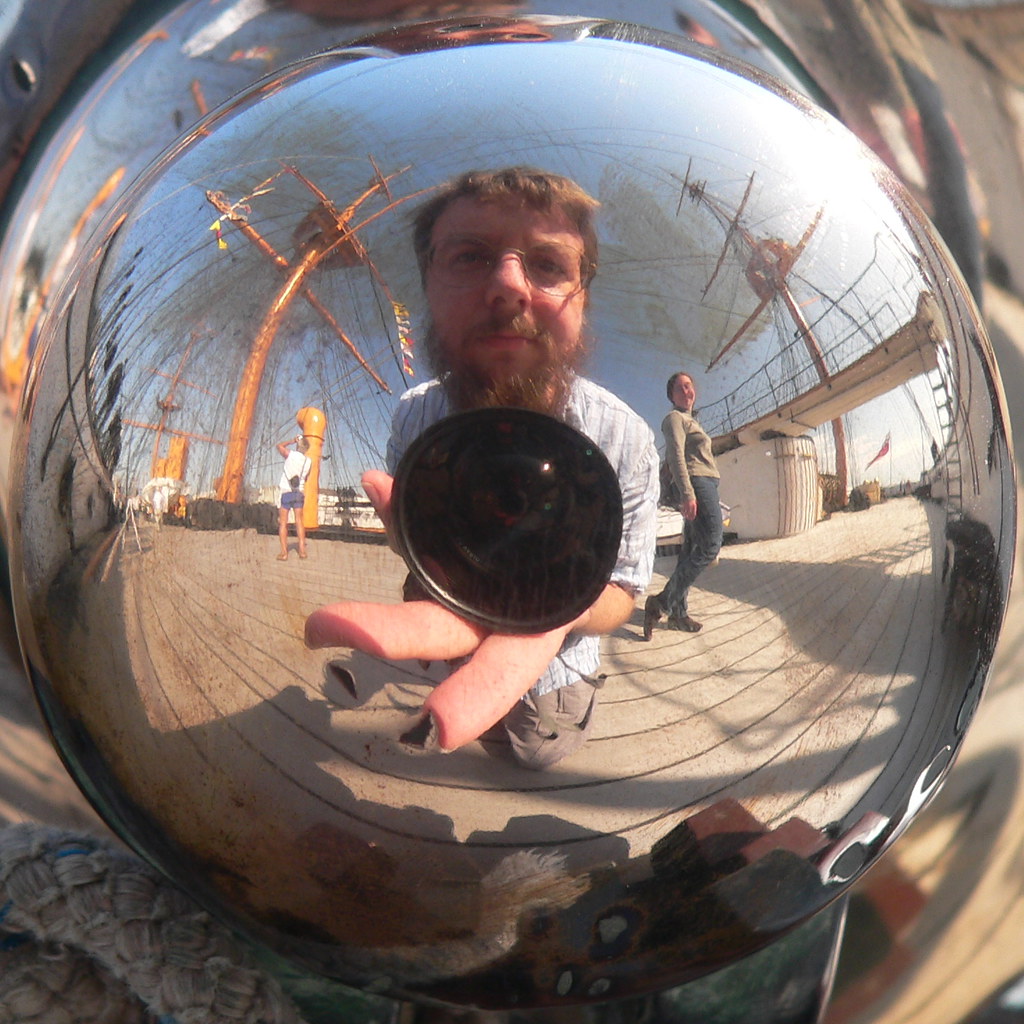After we establish our Lagrangian space stations, supply depot and asteroid mining infrastructure, what is the next logical step?
The asteroid belt rings the orbit of mars. (Notice also the "Trojan" and "Greek" asteroids that have accumulated in the Jupiter-Sun L4 and L5 areas.)
Ceres is the largest asteroid in the asteroid belt, 590 miles in diameter, between Mars and Jupiter. It was discovered on the first day of the 19th century (Jan. 1, 1801) and initially considered to be a planet. In fact it is now considered a dwarf planet and on its own constitutes 1/3 of the total mass of the asteroid belt and has a surface area larger than Argentina. Below is a comparison of the size of Ceres to the Earth and Moon.
A probe has not visited Ceres yet but remote measurements suggest (link) Ceres has a significant amount of water, perhaps more than the total volume of fresh water on Earth (to use as water and to produce oxygen and hydrogen fuel). It also seems to have organic compounds, and is "relatively" warm with a surface temperature of -37 C/F in the daytime, possibly with a weak atmosphere and frost from water on the surface. Solar radiation shielding may be the big issue; perhaps we will need to burrow into the surface to protect ourselves and/or set up powerful magnetic generators...? Hopefully we will learn a lot more when the DAWN spacecraft arrives at Ceres in Feb. 2015.
The really interesting thing about Ceres is its position, orbit and low gravity (link). It is still close enough to the sun for solar panel electrical power production. Gravity is only 3% that of Earth (100 lbs becomes 3 lbs). Its orbit means there are more frequent opportunities for transit from Earth than from Earth to Mars. The low gravity means it is cheaper (in terms of energy efficiency) to transfer materials from the Moon to Ceres or from Mars to Ceres then from Earth to the Moon! (see link above)
Below is an image of Ceres from Hubble:
Subscribe to:
Post Comments (Atom)





No comments:
Post a Comment